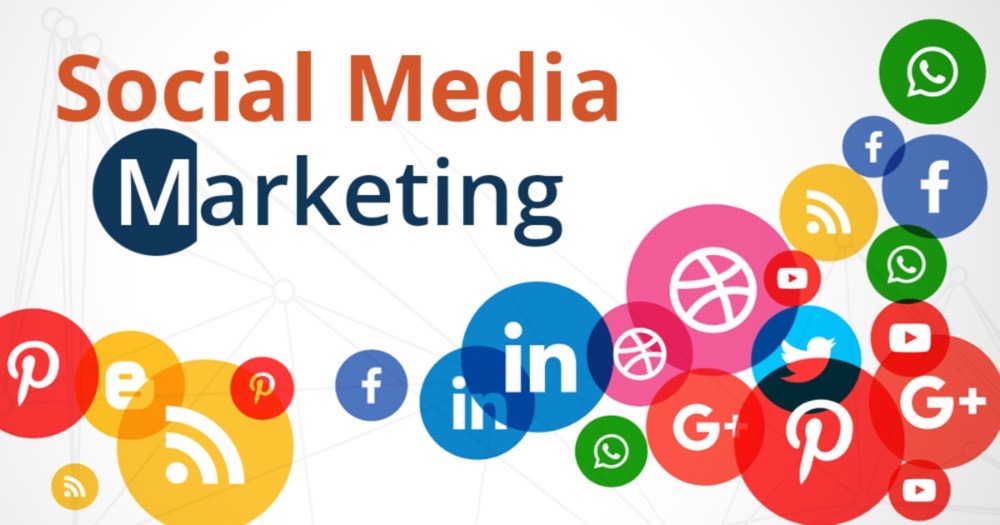Internet, social media, mobile apps, and other digital communications technologies have become part of
everyday life for billions of people around the world. According to recent statistics for January 2020, 4.54
billion people are active internet users, encompassing 59 % of the global population (Statista, 2020a).
Social media
usage has become an integral element to the lives of many people across the world. In 2019 2.95
billion people were active social media users worldwide. This is forecast to increase to almost 3.43 billion by 2023 (Statistica, 2020b).
Digital and
social media marketing
allows companies to achieve their marketing objectives at relatively low cost.
Facebook pages have more than 50 million registered businesses and over 88 % of businesses use Twitter for their marketing purposes.
Digital and
social media technologies
and applications have also been widely used for creating awareness of public services and political
promotions.
People spend an increasing amount of time online searching for information, on products and services communicating with other
consumers about their experiences and engaging with companies. Organisations have responded to this change in consumer behavior by making digital
and social media an essential and integral component of their business marketing plans.
Organisations can significantly benefit from making
social media marketing
an integral element of their overall business strategy.
Social media enables companies to connect with their customers, improve awareness of their brands, influence consumer’s attitudes,
receive feedback, help to improve current products and services and increase sales.
The decline of traditional communication channels and societal reliance on bricks- and-mortar operations,
has necessitated that businesses seek best practices use of digital and
social media marketing strategies
to
retain and increase market share.
Significant challenges exist for organisations developing their social media strategy
and plans within a new reality of increased power in the hands of consumers and greater awareness of cultural and societal
norms.Nowadays, consumer complaints can be instantly communicated to millions of people (negative electronic word-of-mouth)
all of which can have negative consequences for the business concerned.
Consumer behavior has significantly changed due to technological innovation and ubiquitous adoption of hand-held devices,
directly contributing to how we interact and use social commerce to make decisions and shop online. The increasing use of
digital marketing
and social media has positively influenced consumer attitudes toward on- line shopping with increasing
market share for eCommerce centric organisations.
The increasing number of shopping channels has also influenced consumer behavior, creating a more diffused consumer shopping experience.
Mobile channels have become the norm and are now embedded within consumers daily lives via the use of mobile tools, shopping apps,
location-based services and mobile wallets all impacting the consumer experience.
As in traditional marketing, it is important to identify the needs of users as well as their perceptions and attitudes
to the various forms of messaging and communications. Kang (2018) proposed that organisations seek to identify the needs
of members of online communities, create special offerings that accommodate those needs and effectively communicate with
members to increase the satisfaction levels of online communities.
The study by Bae and Zamrudi (2018) analyzed social fulfilment aspects of
social media marketing
, concluding that these
characteristics were perceived to be useful in satisfying the motivations of consumers. The study assessed the motivations
of belief, community participation and psychological factors, positing these as significant motivators of preceptive
social media marketing and relevance for consumers. Consumer attitudes towards social media can in turn influence attitudes towards the brand.
The research undertaken in Gaber et al. (2019) investigated consumer experiences using Instagram advertising, concluding that attitudes
are influenced by consumer perception of content usefulness, entertainment, credibility and lack of irritation from the Instagram advertisement
itself.
Importance of Social Media marketing for Business

Get a Quote / Need a Help ?






